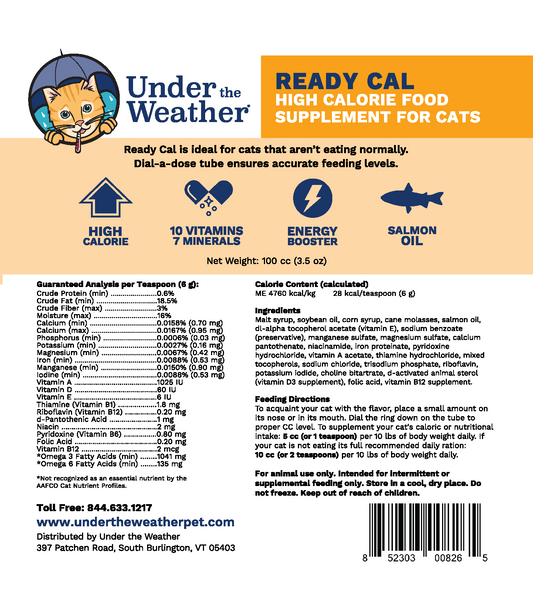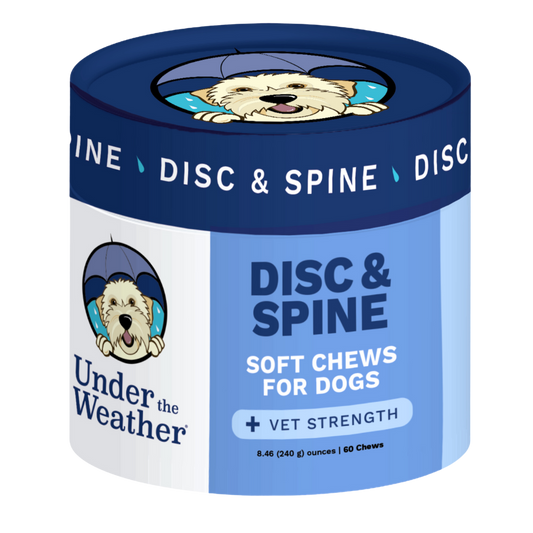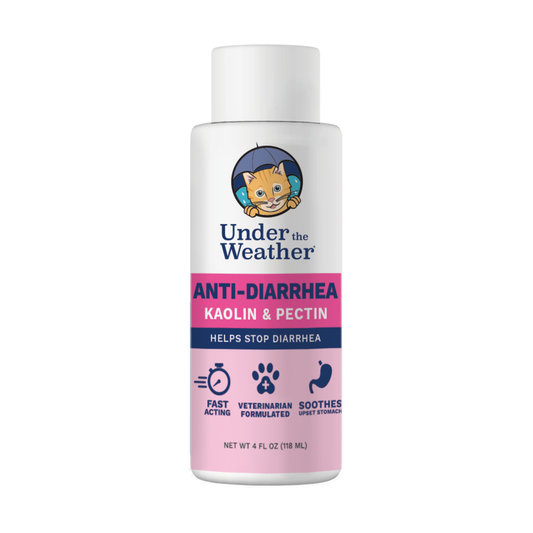Cats are known for their picky eating habits, and it can be concerning when they refuse to eat dry food. As a responsible cat owner, addressing this dilemma and ensuring your feline friend receives a balanced diet for their overall health and well-being is important. In this article, we will explore the importance of dry food in a cat's diet, reasons why cats may refuse dry food, transitioning your cat to dry food, and when to consult a vet for further guidance.
Understanding the Importance of Dry Food in a Cat's Diet
Before we delve into why a cat refuses to eat dry food, let's first understand why it is an essential part of their diet. Dry cat food, also known as kibble, is formulated to provide the necessary nutrients for a cat's health.
Nutritional Composition of Dry Cat Food: Dry cat food is carefully balanced to meet a cat's specific dietary needs. It typically contains a combination of proteins, carbohydrates, fats, vitamins, and minerals. These nutrients are essential for maintaining strong muscles, healthy skin and coat, proper digestion, and overall immune function.
Benefits of Dry Food for Dental Health: Dry cat food has a crunchy texture that helps promote dental health. As cats chew on the kibble, it helps remove plaque and tartar buildup, reducing the risk of dental diseases such as gingivitis and periodontal disease.
Convenience and Shelf Life: One advantage of dry cat food is its convenience. Unlike wet cat food, kibble can be left out for free feeding without the risk of spoilage. This makes it ideal for pet owners with busy schedules or households with multiple cats. Additionally, dry cat food has a longer shelf life than wet food, reducing the frequency of shopping trips and ensuring that your cat always has access to a fresh meal.
Weight Management and Portion Control: Another benefit of incorporating dry food into a cat's diet is its role in weight management. The controlled portion sizes of kibble make it easier for pet owners to monitor their cat's food intake, helping to prevent obesity and related health issues. Additionally, the lower calorie content of dry cat food compared to wet food can benefit cats that need to shed some extra pounds.
Reasons Why Cats May Refuse Dry Food
There are several reasons why a cat may refuse to eat dry food. It's essential to identify the underlying cause so that appropriate measures can be taken. Some common reasons include:
- Taste and Texture Preferences: Cats have individual preferences when it comes to food. Certain cats may simply not enjoy the taste or texture of dry food. This can be influenced by their previous feeding experience and personal preferences.
- Health Issues Affecting Food Choices: Cats with dental problems, oral sores, or other health issues may find it difficult to eat dry food. In such cases, addressing the underlying health issue and providing suitable alternatives is important.
- Behavioral Factors and Food Aversion: Cats are creatures of habit, and any sudden changes in their environment or routine can cause stress or anxiety, leading to a loss of appetite. Additionally, negative associations with specific foods can also contribute to food aversion.
Moreover, it's crucial to consider your cat’s age when addressing food refusal issues. Kittens, for example, have different nutritional needs compared to adult cats. Their taste preferences and ability to chew dry food may vary, impacting their willingness to consume it. Providing a balanced diet tailored to your cat’s specific stage of life is essential for their health.
Environmental factors can also play a significant role in a cat's food choices. Cats are sensitive to their surroundings, and factors such as the presence of other animals, loud noises, or changes in living arrangements can affect their appetite. Creating a calm and comfortable feeding environment, free from distractions, can help encourage a cat to eat dry food without hesitation.

Transitioning Your Cat to Dry Food
If your cat refuses to eat dry food, it is possible to transition them gradually. Here are some recommended steps to ease the transition:
- Gradual Introduction of Dry Food: Start by mixing a small amount of dry food with your cat's current wet food. Gradually increase the proportion of dry food for several days or weeks. This gradual transition helps your cat become familiar with the new texture and taste.
- Mixing Wet and Dry Food: If your cat enjoys wet food, consider adding a small amount of water to the dry food, creating a moist texture. This can make it more appealing and easier to chew.
- Choosing the Right Dry Food for Your Cat: Cats have different dietary needs based on age, weight, and health conditions. Consult with your veterinarian to select a dry cat food that suits your cat's specific needs. Look for high-quality brands that provide a well-balanced and nutritionally complete diet.
Transitioning your cat to dry food can be a challenging process, but with patience and the right approach, it can be successful. It's important to monitor your cat's weight and overall health during the transition period to ensure they are adjusting well to the new diet. If you notice any signs of digestive upset or reluctance to eat, consult with your veterinarian for guidance.
Additionally, consider incorporating interactive feeding toys or puzzle feeders to make mealtime more engaging for your cat. These tools can stimulate your cat's natural hunting instincts and provide mental stimulation, making the transition to dry food a more enjoyable experience for your feline friend.
When to Consult a Vet
While some cats may take time to adjust to dry food, persistent refusal or other concerning symptoms should not be ignored. It's important to consult a veterinarian if you notice persistent refusal of dry food, accompanied by weight loss or a significant decrease in appetite, or signs of malnutrition or health issues, such as lethargy, dull coat, diarrhea, or vomiting.
It's essential to monitor your cat's behavior and well-being closely. Cats are known for their independent nature, but sudden changes in their eating habits or health should not be overlooked. If your cat continues to refuse dry food despite gradual introduction and encouragement, it could be a sign of an underlying health issue that requires veterinary attention.
Additionally, understanding your cat's nutritional requirements is crucial for their long-term health. While dry food is a convenient option for many cat owners, some cats may have specific dietary preferences or requirements that must be addressed. Consulting with a veterinarian can help you navigate these nuances and ensure that your cat receives a balanced and nutritious diet that meets their individual needs.
Conclusion
Addressing picky eating behaviors in cats can be challenging, but you can encourage your cat to eat dry food with patience. Remember to consider the nutritional benefits of dry food and consult with a veterinarian for advice. By finding the right approach for your picky eater, you can ensure they receive the necessary nutrients and maintain their overall health and well-being. Explore Under the Weather's vet-formulated cat products and help your cat live a happier, healthier life.












